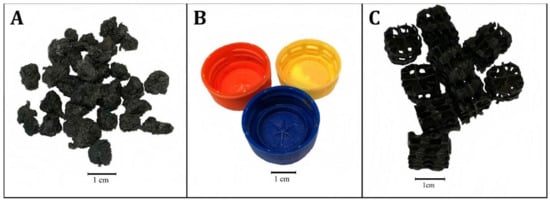I recently added at least 50% more media to my intank filter I made for the 240 gallon with lots of plants and Rainbows,loaches, and a mated pair of Angels. A difference that is showing.
Look in 40 years of having this tank set up or taken down..I've never kept fish and plants this way. Usually I had larger to large fish. No plants ever.
So,after running this tank..its been tweak,tweak,tweak,as Barney Fife would say. I now realize the happiness of fish keeping goes way up with large filters filled with biomedia. I see many people have sumps..and then cheap out on small bags of media. FILL IT!..OVERDO IT!...also go to home depot and get that 1,000 hour pump they sell sort of cheap. Those canisters? ugh. You really would be happier with Rubbermaids filled with 30 gallons of media and then trickles back to the tank ( not my set up!..but just one version of many) and water stays much clearer..water changes go from clearwater to pristine.
I just needed to get it out there. Big filters= success.
Look in 40 years of having this tank set up or taken down..I've never kept fish and plants this way. Usually I had larger to large fish. No plants ever.
So,after running this tank..its been tweak,tweak,tweak,as Barney Fife would say. I now realize the happiness of fish keeping goes way up with large filters filled with biomedia. I see many people have sumps..and then cheap out on small bags of media. FILL IT!..OVERDO IT!...also go to home depot and get that 1,000 hour pump they sell sort of cheap. Those canisters? ugh. You really would be happier with Rubbermaids filled with 30 gallons of media and then trickles back to the tank ( not my set up!..but just one version of many) and water stays much clearer..water changes go from clearwater to pristine.
I just needed to get it out there. Big filters= success.



